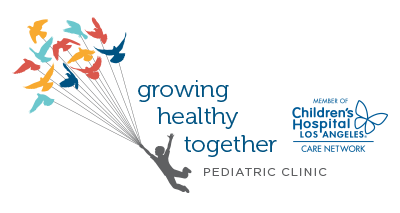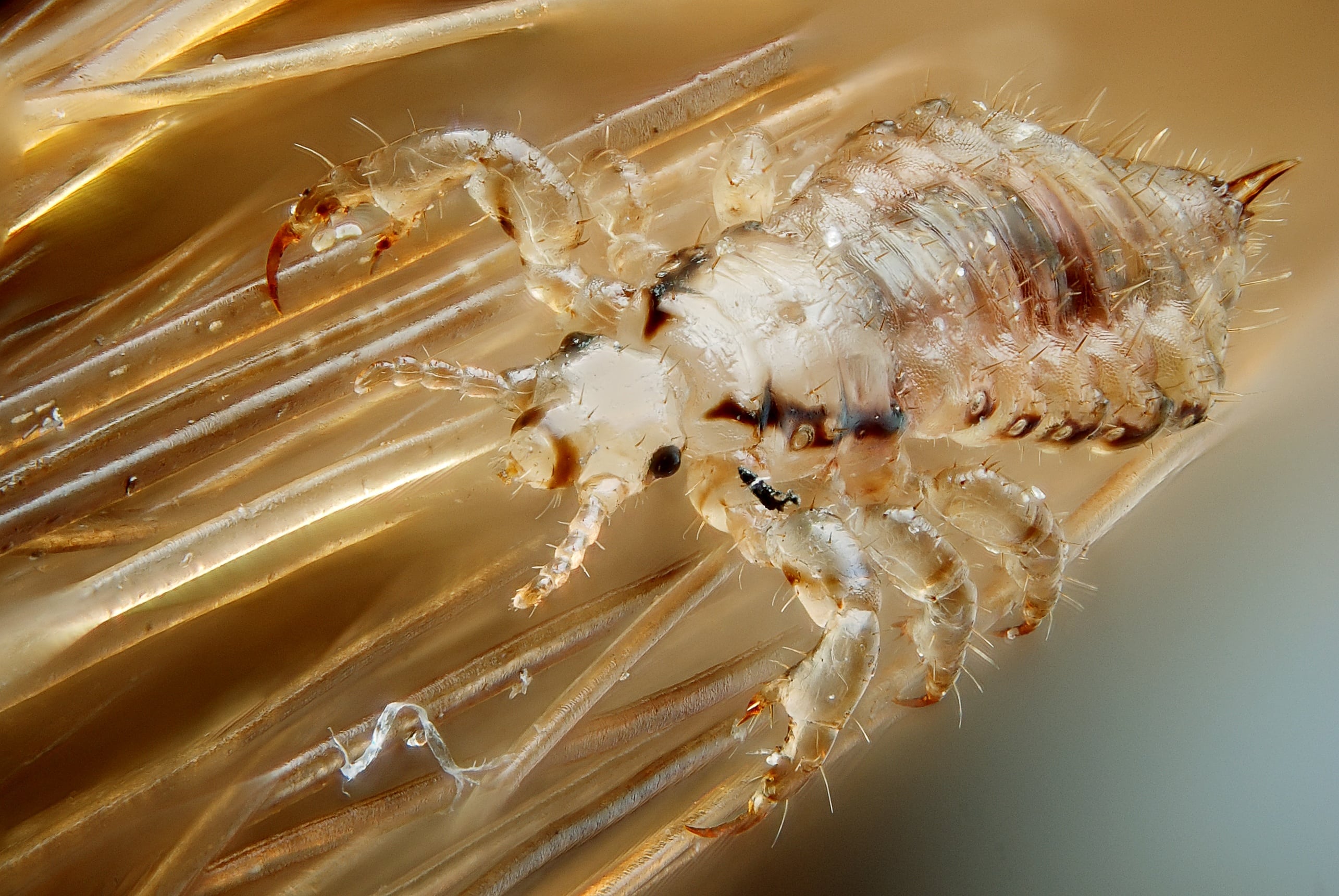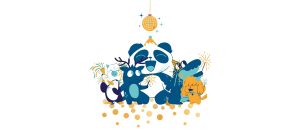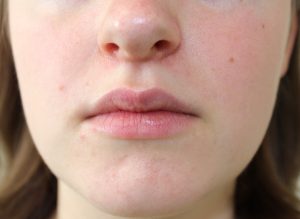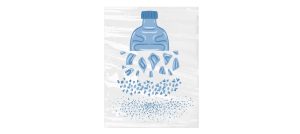What are lice?
Adult head lice are 2-3mm long parasitic insects that live on human heads and necks and feed off our blood. The word ‘lice’ can make any human itch uncontrollably, but don’t worry! While these bugs are annoying, they are not known to carry diseases.
Head lice have three stages: the egg (nit), the nymph, and the adult louse.
- Nits are tiny and easily mistaken for dandruff. Nits latch onto the base of hair follicles and typically hatch in 8 to 9 days.
- Nymphs feed on our blood for about 9-12 days before forming into adults.
- The adults are about the size of a sesame seed and look to be tan or grayish-white. Adult female head lice are larger than males and can lay about six eggs daily. Adults can live for 30 days on a person’s head.
Live lice can only live for 1-2 days without feeding. Nits will die after about a week, so be careful to get rid of all of them to avoid a resurgence. Children who bring home lice get them from sharing articles of clothing, like scarves, hats, or coats. You can also get them from another person’s comb, brush, or towel. Be sure to inform your kids about not sharing certain items at school or daycare.
Diagnosis
Children with lice will be scratching their itching scalp. They may report feeling something crawling in their hair, accompanied by the sensation of tickling on the scalp. Getting lice doesn’t have anything to do with personal hygiene or cleanliness. They don’t hop or fly and aren’t carried on by our non-human friends, so these little pests aren’t coming from the family pet.
Lice are not particularly dangerous, but they multiply quickly. Scratching can also introduce secondary skin infections, so take care of this problem as soon as possible.
Treatment
Sometimes, you need harsh chemicals to take care of a severe problem. However, you may be able to take care of these problems with home remedies and materials. We prefer non-toxic treatments here at GHT.
- Try over-the-counter remedies like Nix or Rid.
- Be sure to hot wash all bedding and towels: hot, dry cycle, and seal and bag these items for a couple of weeks.
- Vacuum carpets and furniture.
- Rinse your kid’s head with white vinegar to loosen nits before using a treatment.
- Apply the product and leave it in as directed.
- If removing lice yourself seems like something you don’t want to do, some companies specialize in removing headlice and will do house calls!
This CDC webpage has more information on head lice. Please comment here, or contact us for more questions or concerns.
